Optimal Timing for Foundation Repairs
Foundation repairs are most effective when performed during specific times of the year that align with favorable weather conditions. Proper timing can help ensure the stability of the structure and the longevity of the repair work. Understanding seasonal patterns and soil conditions is essential for scheduling foundation repairs effectively.
Spring offers moderate temperatures and increased moisture levels, which can facilitate certain repair methods. However, heavy rains may cause delays or complications.
Summer provides longer daylight hours and warm weather, ideal for many repair activities. Caution is advised to avoid extreme heat that can impact both workers and materials.
Fall typically features cooler temperatures and less precipitation, making it a suitable time for foundation work before winter sets in.
Winter is generally less favorable due to freezing temperatures and potential snow or ice, which can hinder repair processes and affect material performance.

Workers utilize specialized tools to stabilize and reinforce foundations, ensuring structural integrity.
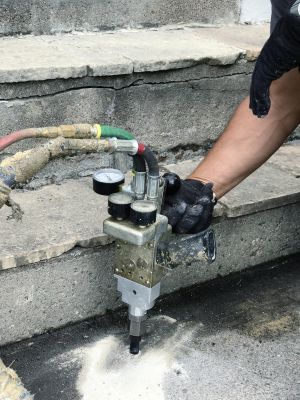
Methods such as underpinning and mudjacking address soil-related issues affecting foundations.
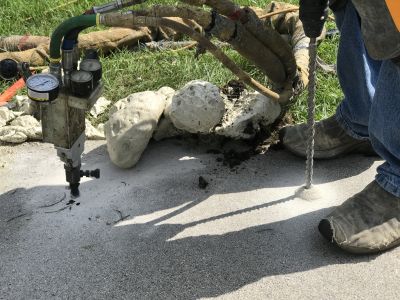
Heavy machinery and precision equipment are essential for effective foundation stabilization.
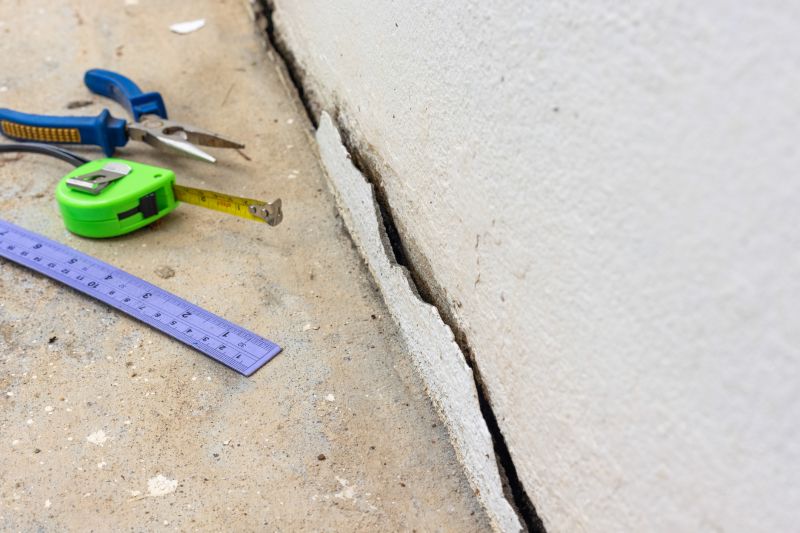
Ways to make Foundation Repairs work in tight or awkward layouts.
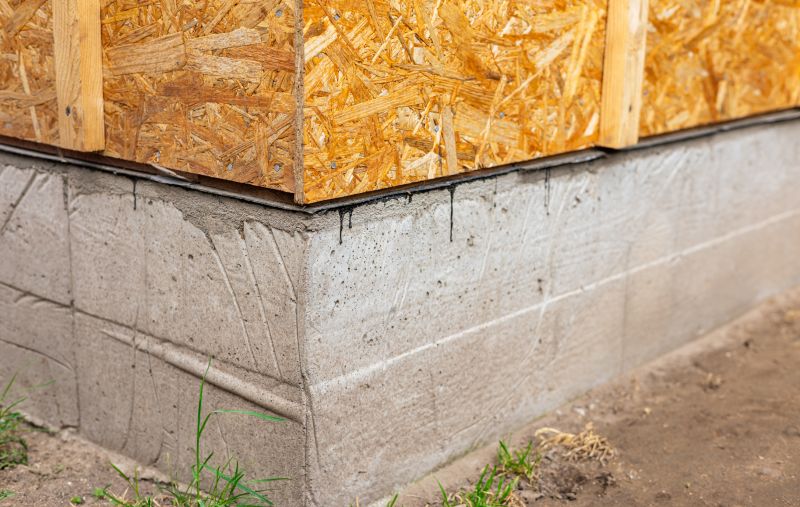
Popular materials for Foundation Repairs and why they hold up over time.
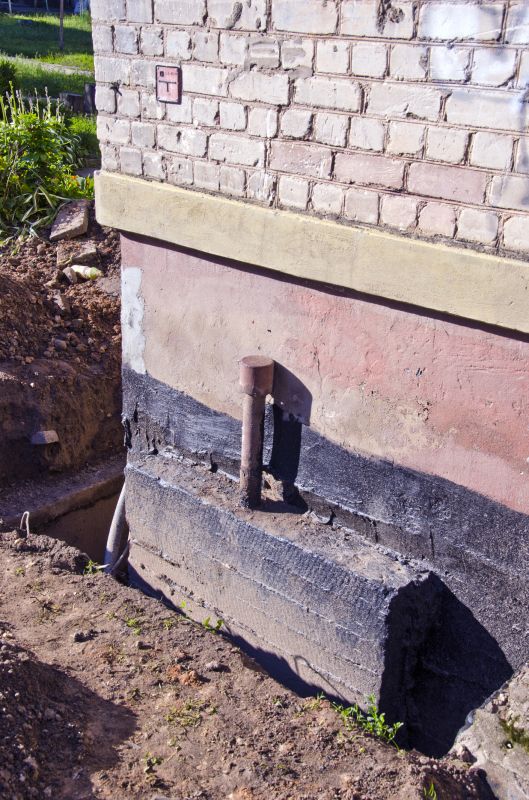
Simple add-ons that improve Foundation Repairs without blowing the budget.
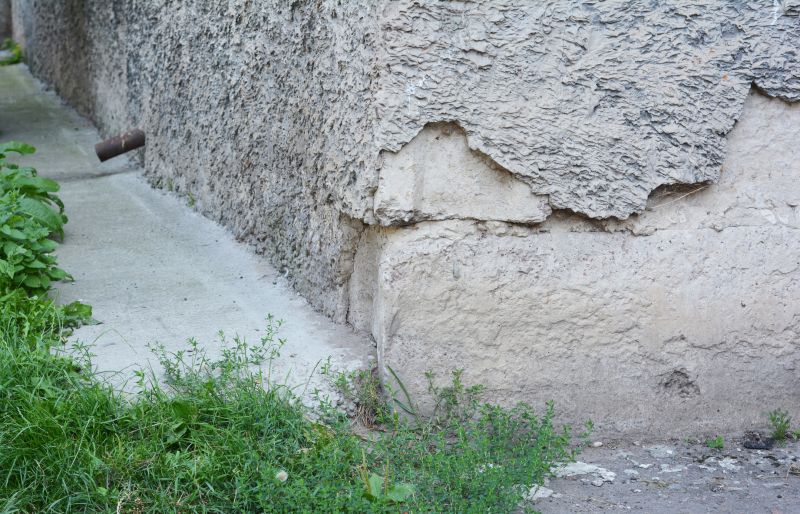
High-end options that actually feel worth it for Foundation Repairs.
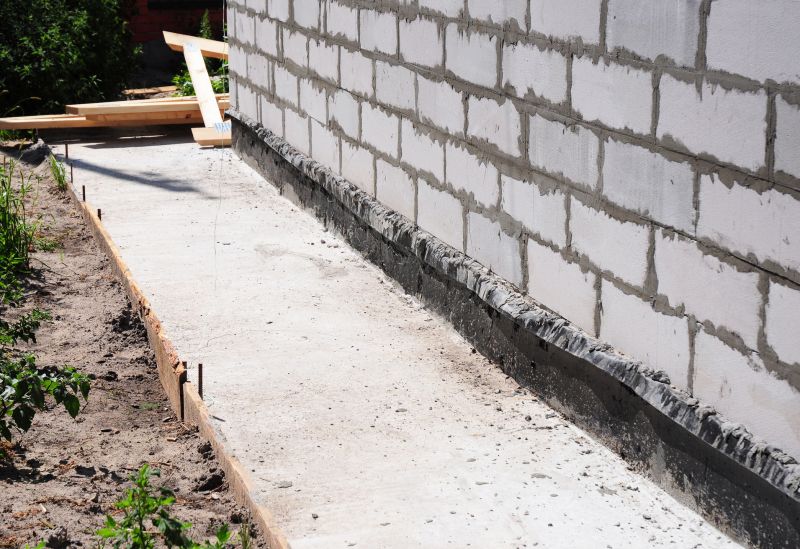
Finishes and colors that play nicely with Foundation Repairs.
| Season | Ideal Repair Conditions |
|---|---|
| Spring | Moderate temperatures with adequate moisture, but watch for heavy rains. |
| Summer | Warm weather with long daylight hours, avoid extreme heat. |
| Fall | Cooler temperatures with less precipitation, ideal for many repairs. |
| Winter | Freezing temperatures and snow generally hinder repair work. |
Foundation repairs are critical for maintaining the safety and stability of a structure. They address issues such as settling, cracking, and shifting caused by soil movement, moisture changes, or structural wear. Proper timing ensures that repairs are effective and durable, minimizing the risk of future problems. Regular inspections can help identify early signs of foundation issues, allowing for timely intervention.
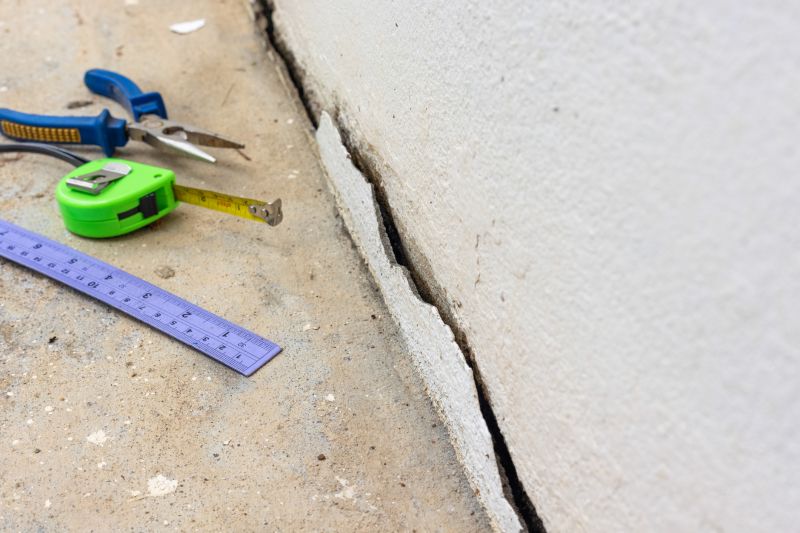
Cracks and uneven floors indicate underlying foundation issues.
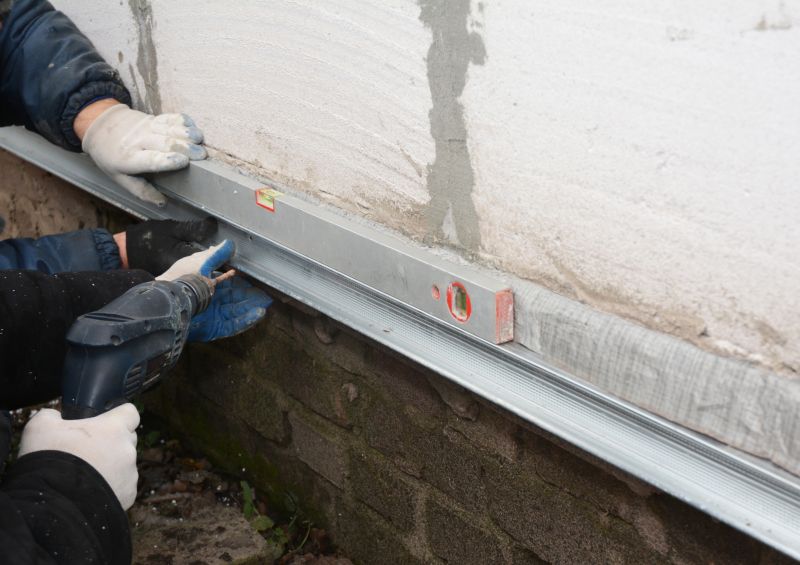
Specialized equipment stabilizes and lifts the foundation.

Foundation appears level and cracks are sealed.

Assessing soil conditions is essential before starting foundation work.
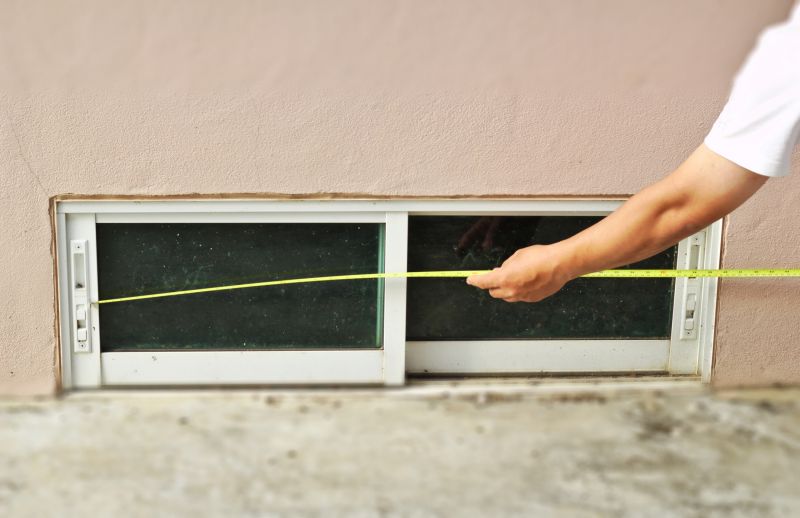
Little measurements that prevent headaches on Foundation Repairs day.
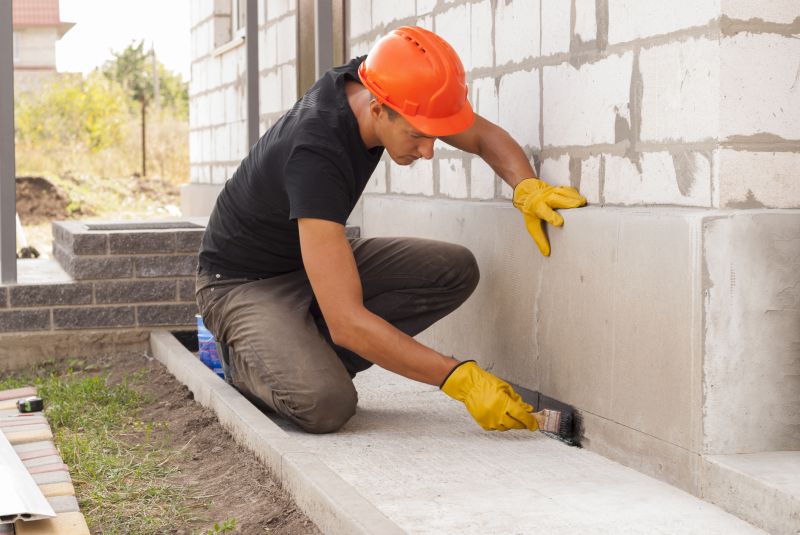
A 60-second routine that keeps Foundation Repairs looking new.

A frequent mistake in Foundation Repairs and how to dodge it.

Small tweaks to make Foundation Repairs safer and easier to use.
Timely foundation repairs are essential for preserving property value and ensuring structural safety. Scheduling repairs during optimal weather conditions can reduce complications and improve outcomes. Consulting with foundation specialists can help determine the best time for specific repair needs based on local climate and soil conditions.
Interested in foundation repair services? Fill out the contact form to get started.

